Mark Thompson
Science broadcaster and author. Mark is known for his tireless enthusiasm for making science accessible, through numerous tv, radio, podcast and theatre appearances, and books. He was a part of the aware-nominated BBC Stargazing LIVE TV Show in the UK and his Spectacular Science theatre show has received 5 star reviews across UK theatres. In 2025 he is launching his new pocast Cosmic Commerce and is working on a new book 101 Facts You Didn't Know About Deep Space In 2018, Mark received an Honorary Doctorate from the University of East Anglia.
You can email Mark here
Recent Articles
-
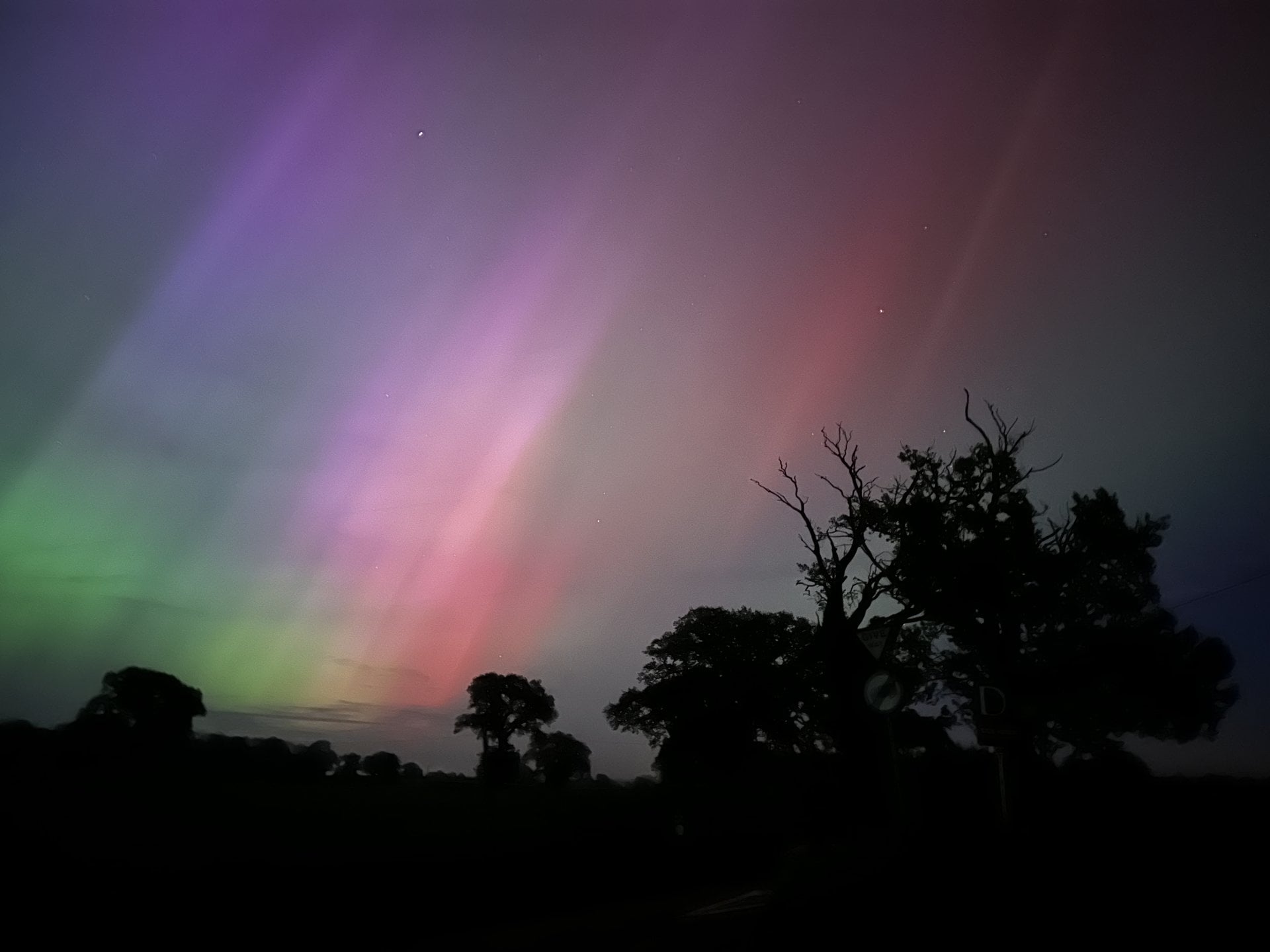
-
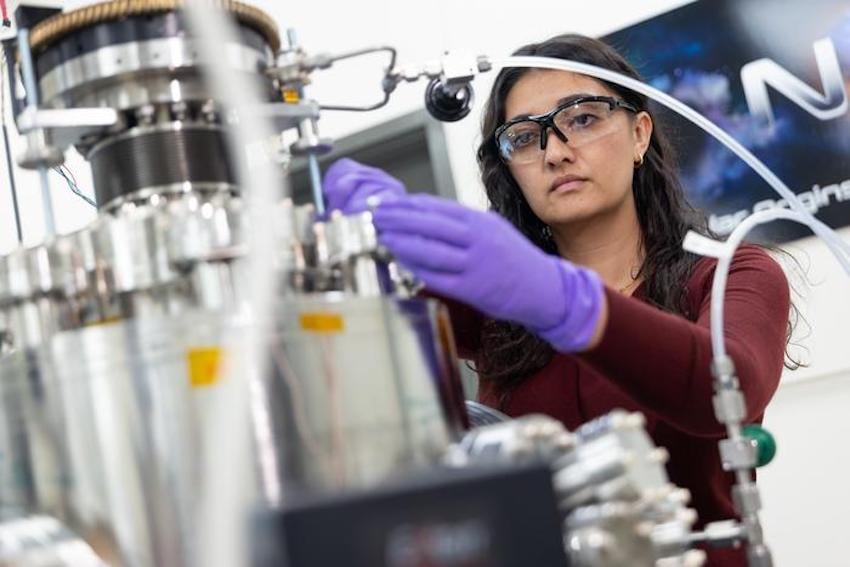
A New Laboratory Explores How Planets Begin
December 15, 2025Scientists at Southwest Research Institute have opened a new laboratory dedicated to answering one of astronomy's most fundamental questions, where do planets come from? The Nebular Origins of the Universe Research (NOUR) Laboratory will recreate the extreme conditions found in interstellar clouds, vast regions of ice, gas, and dust that existed before our Solar System formed to trace how these primordial materials ultimately evolved into the worlds we see today. By simulating the chemistry of pre-planetary environments in specialised vacuum chambers, researchers aim to understand how the building blocks of life, including the components of DNA and RNA, formed in the darkness of space billions of years ago.
-

A Golden Era of Solar Discovery
December 15, 2025Scientists have achieved an unprecedented view of the Sun by coordinating observations between two of the most powerful solar instruments ever built. For the first time, observations from the Inouye Solar Telescope in Hawaii and the European Space Agency's Solar Orbiter spacecraft have captured the same solar region simultaneously from different vantage points. This created a stereoscopic view that reveals intricate details of tiny "campfire" features scattered across the Sun's surface. These fleeting brightening, though individually small, occur in such vast numbers that they may collectively shape how the Sun's outer atmosphere is heated and how plasma erupts into space.
-

Radio Observations Find Nothing at Omega Centauri's Heart
December 15, 2025Astronomers have performed the deepest radio observations ever of Omega Centauri, searching for signs of an intermediate mass black hole thought to lurk at its center. Despite 170 hours of observations with the Australia Telescope Compact Array achieving unprecedented sensitivity, they detected absolutely nothing where the black hole should be. If an intermediate mass black hole exists in this massive star cluster, as suggested by fast moving stars discovered earlier this year, it must be accreting material at an extraordinarily low rate, barely feeding at all compared to other known black holes.
-
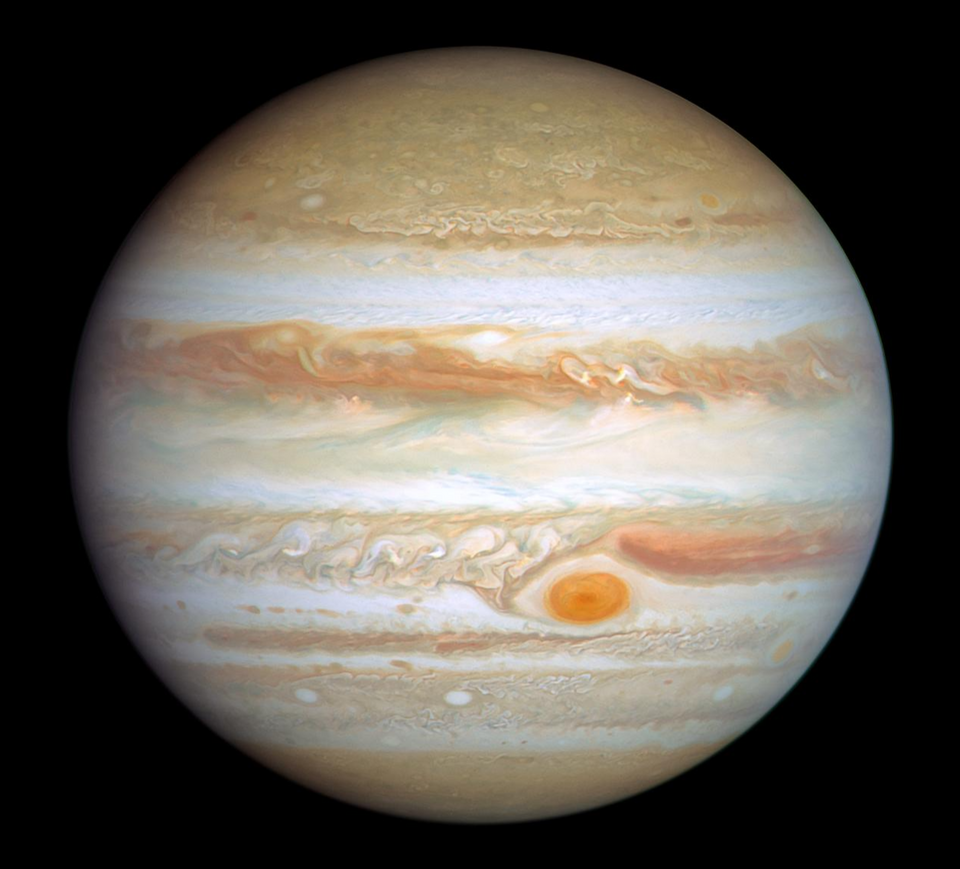
Did a Rogue Planet Reshape Our Solar System?
December 15, 2025Researchers have discovered that a close encounter with a rogue planet or brown dwarf during the Sun's early years could have triggered the reshuffling of our Solar System's giant planets. Running 3000 simulations of stellar flybys, the team found that substellar objects passing within 20 astronomical units of the young Sun could destabilise the planets' orbits just enough to match their current configuration without destroying the delicate Kuiper belt. This flyby scenario represents a new possible explanation for one of the Solar System's defining events, with roughly a 1-5 percent probability depending on how common free floating planets actually are in young star clusters.
-
A New Window on the Expansion of the Universe
December 15, 2025Astronomers at the University of Tokyo have used gravitational lensing to measure how fast the universe is expanding, adding weight to one of cosmology's most intriguing mysteries. Their technique exploits the way massive galaxies bend light from distant quasars, creating multiple distorted images that arrive at different times. The measurement supports recent observations showing the universe expands faster than predictions based on the early universe suggest, strengthening evidence that the "Hubble tension" represents genuine new physics rather than experimental error.
-
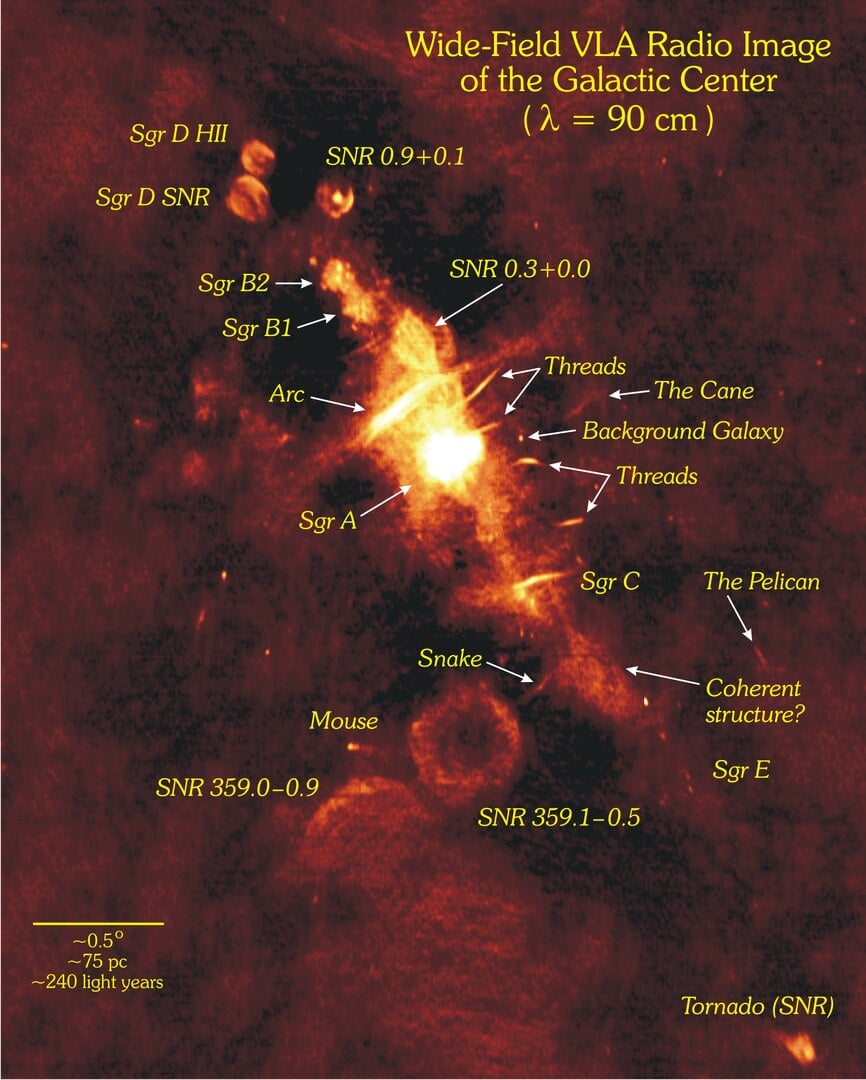
Measuring Radio Leaks from 36,000 Kilometres Up
December 13, 2025Radio astronomers hunting for the faint whispers of the early universe face an unexpected threat from above: satellites designed to be silent are leaking radio noise into space. New research using the Murchison Widefield Array has set the first limits on unintended radio emissions from distant geostationary satellites, revealing that most remain mercifully quiet in the frequency range crucial for next-generation telescopes. The findings offer cautious hope that the Square Kilometre Array, set to become the world's most sensitive radio telescope, might avoid the radio pollution crisis now plaguing observations of low Earth orbit satellites.
-
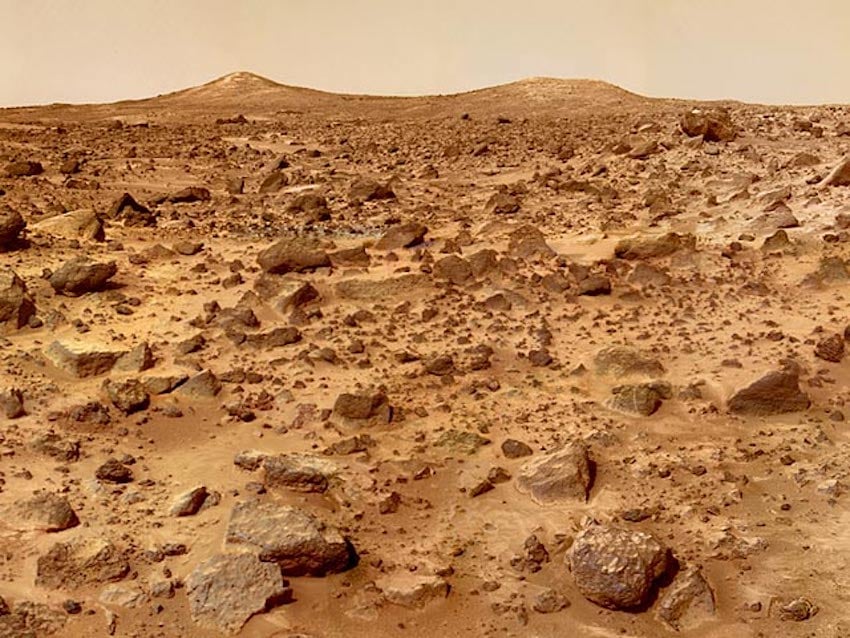
The Search for Life Tops NASA's Science Goals for the First Human Mars Mission
December 12, 2025A new report identifies searching for life as the top science priority for humanity's first landing on Mars, ranking it above understanding water cycles, mapping geology, or even studying how the Martian environment affects astronaut health. The report outlines four possible exploration campaigns, with the highest ranked approach calling for missions totalling 330 sols at a single scientifically rich site where crews could investigate everything from ancient lava flows to active dust storms. By placing the search for extraterrestrial life at the centre of human Mars exploration, the report reimagines the first crewed mission not just as a milestone for spaceflight but as humanity's best chance to answer whether we're alone in the universe.
-
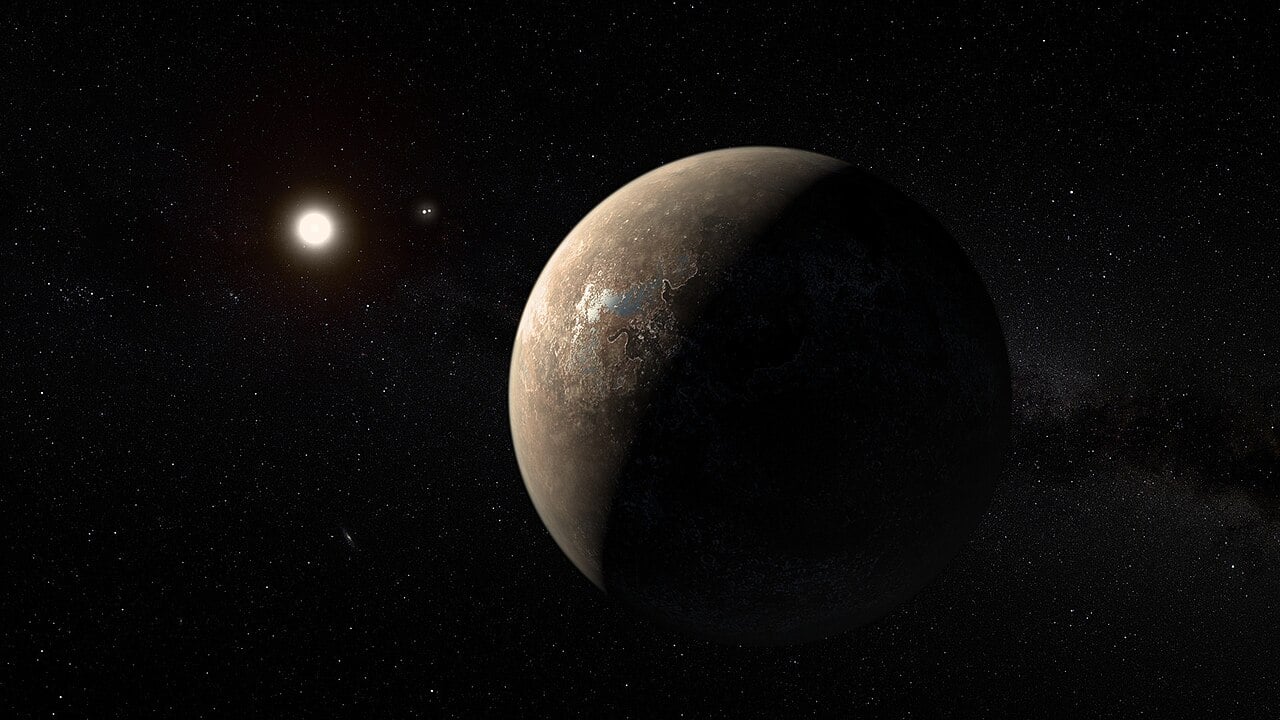
The Telescope That Will Study Our Nearest Exoplanet
December 11, 2025Scientists at the University of Geneva have successfully tested key components of RISTRETTO, a new spectrograph designed to analyse light from Proxima b, the nearest exoplanet to Earth. The instrument uses coronagraphic techniques and extreme adaptive optics to block a star's overwhelming glare and detect planets that shine 10 million times fainter. Simulations suggest RISTRETTO could not only spot Proxima b with just 55 hours of observation time but potentially identify oxygen or water in its atmosphere, offering our first chance to study the conditions on an Earth sized world orbiting our nearest stellar neighbour.
-

A New Technique Reveals the Hidden Physics of the Universe's Giants
December 11, 2025Astronomers have developed a new technique called "X-arithmetic" that reveals the hidden physics inside galaxy clusters. By analysing Chandra X-ray Observatory data at different energy levels and painting the results in vibrant colours, researchers can now distinguish between sound waves, black hole inflated bubbles, and cooling gas, enabling them to classify structures by what they are rather than how they look. The method has already exposed striking differences between galaxy clusters and galaxy groups, showing that supermassive black holes wield dramatically different influence on their surroundings.
-
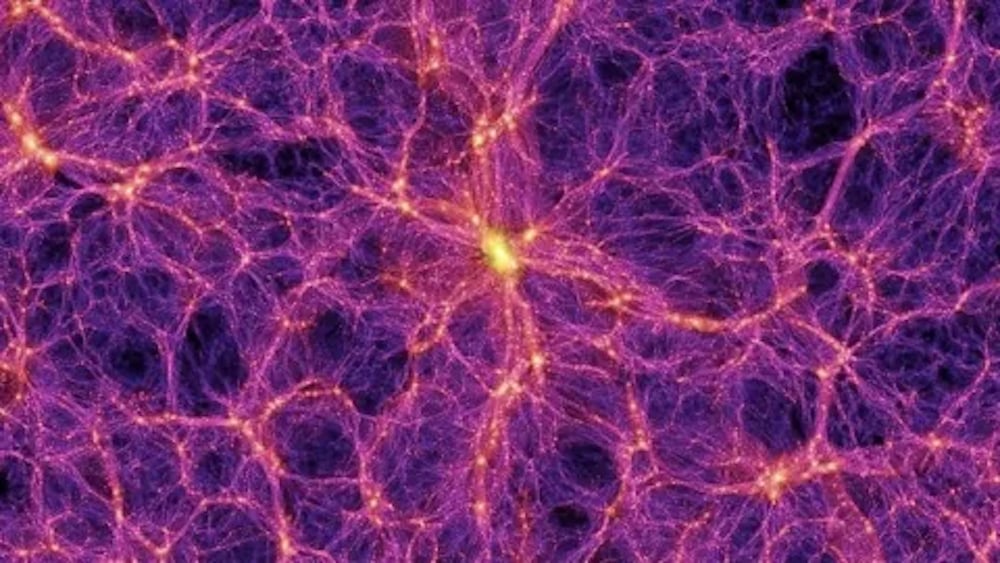
A 50 Million Light Year Structure Caught Spinning
December 10, 2025Astronomers have discovered a filament 50 million light years long containing hundreds of galaxies, all spinning together. This immense structure, located 140 million light years away, challenges current models of galaxy formation by showing that large scale rotation can persist far longer and more coherently than theories predicted. The discovery offers a rare glimpse into how galaxies acquire their spin and reveals the Cosmic Web as a more dynamically active place than previously imagined.
-

How Mars Controls Earth's Climate
December 10, 2025A new study reveals that Mars plays a surprisingly crucial role in Earth's climate cycles, with new simulations showing that the mass of our planetary neighbours directly controls the timing and intensity of Milankovitch cycles that drive ice ages. By varying Mars's mass from zero to ten times its current value in computer models, researchers discovered that a more massive Mars strengthens the ~100,000 year climate cycles and creates the 2.4 million year "grand cycle" that influences Earth's long term climate. This finding demonstrates that Earth's climate rhythms are connected to the gravitational structure of the inner Solar System, not just the Sun and Moon.
-
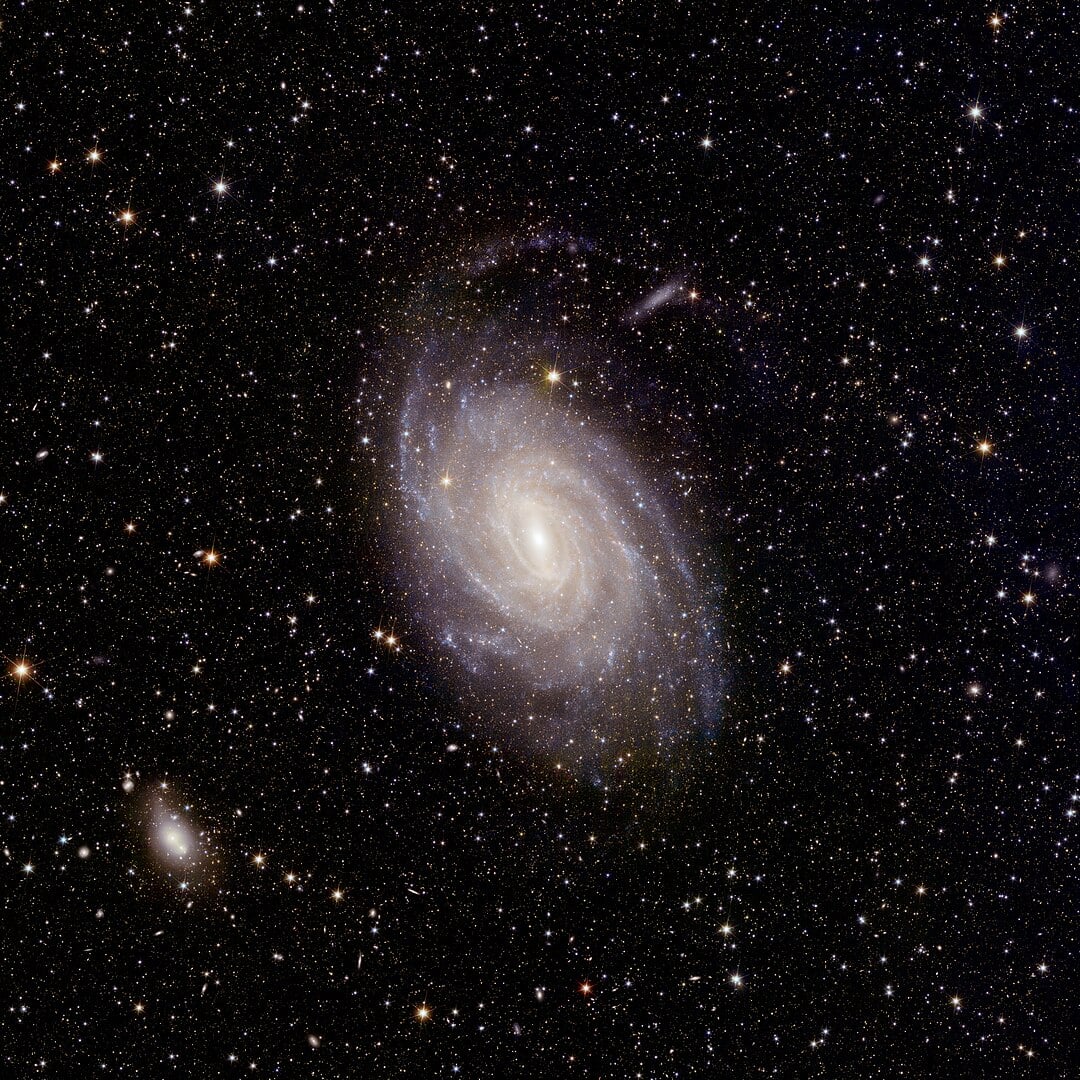
Euclid Reveals What Wakes Sleeping Black Holes
December 10, 2025The European Space Agency's Euclid telescope has delivered an unprecedented set of observations of one million galaxies that shows that galaxy collisions play a dominant role in awakening supermassive black holes from their sleep. Using revolutionary AI-powered analysis methods, astronomers discovered that merging galaxies contain up to six times more active black holes than isolated galaxies, with the most luminous black holes found almost exclusively in collision zones.
-
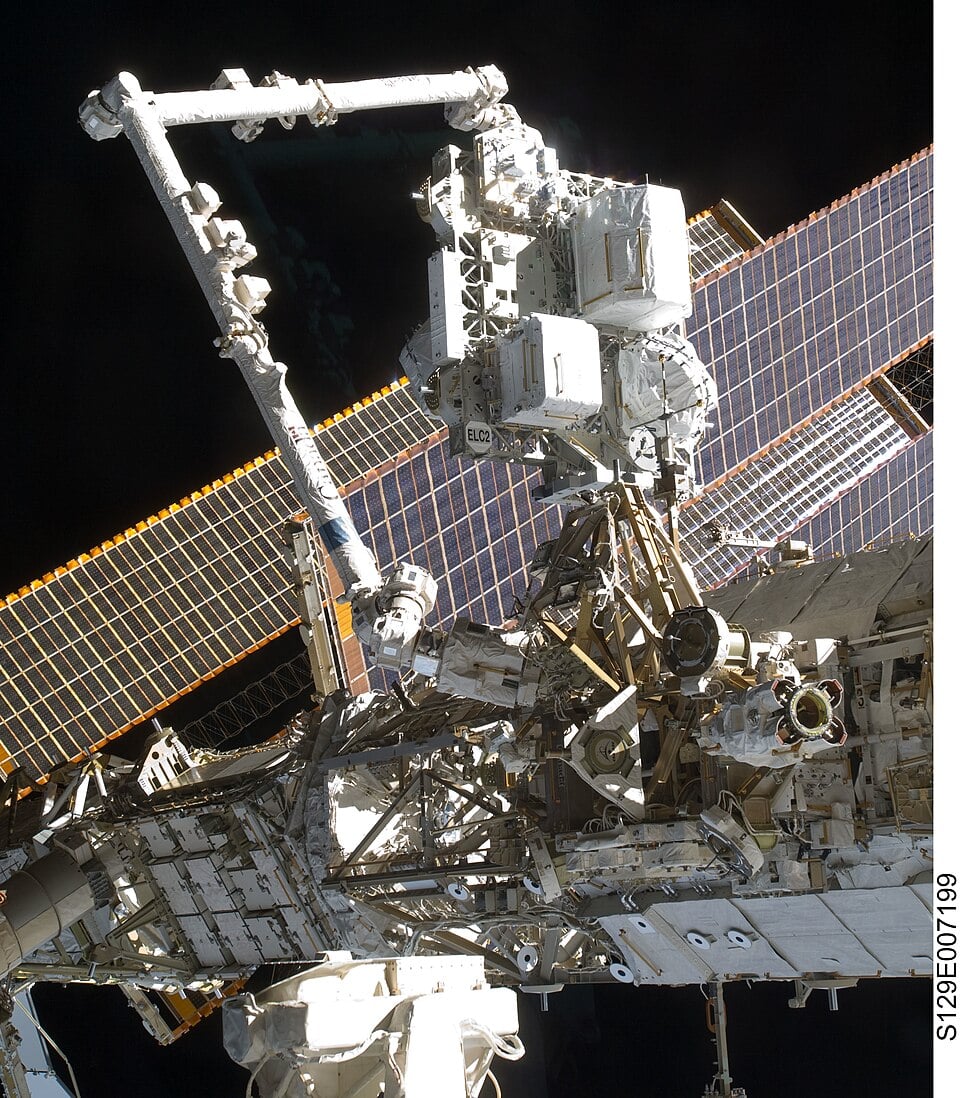
Why Scientists Are Studying Mayonnaise in Space
December 05, 2025Scientists have launched COLIS, a special laboratory aboard the International Space Station designed to study how everyday materials like sunscreens, mayonnaise, and medications behave in near zero gravity. Researchers discovered that gravity influences the long term stability of soft matter far more dramatically than previously understood, affecting how these materials age and restructure at the molecular level. This research could fundamentally improve how we design everything from controlled release drugs to self assembling materials, demonstrating that understanding materials in space offers unexpected benefits for life on Earth.
-
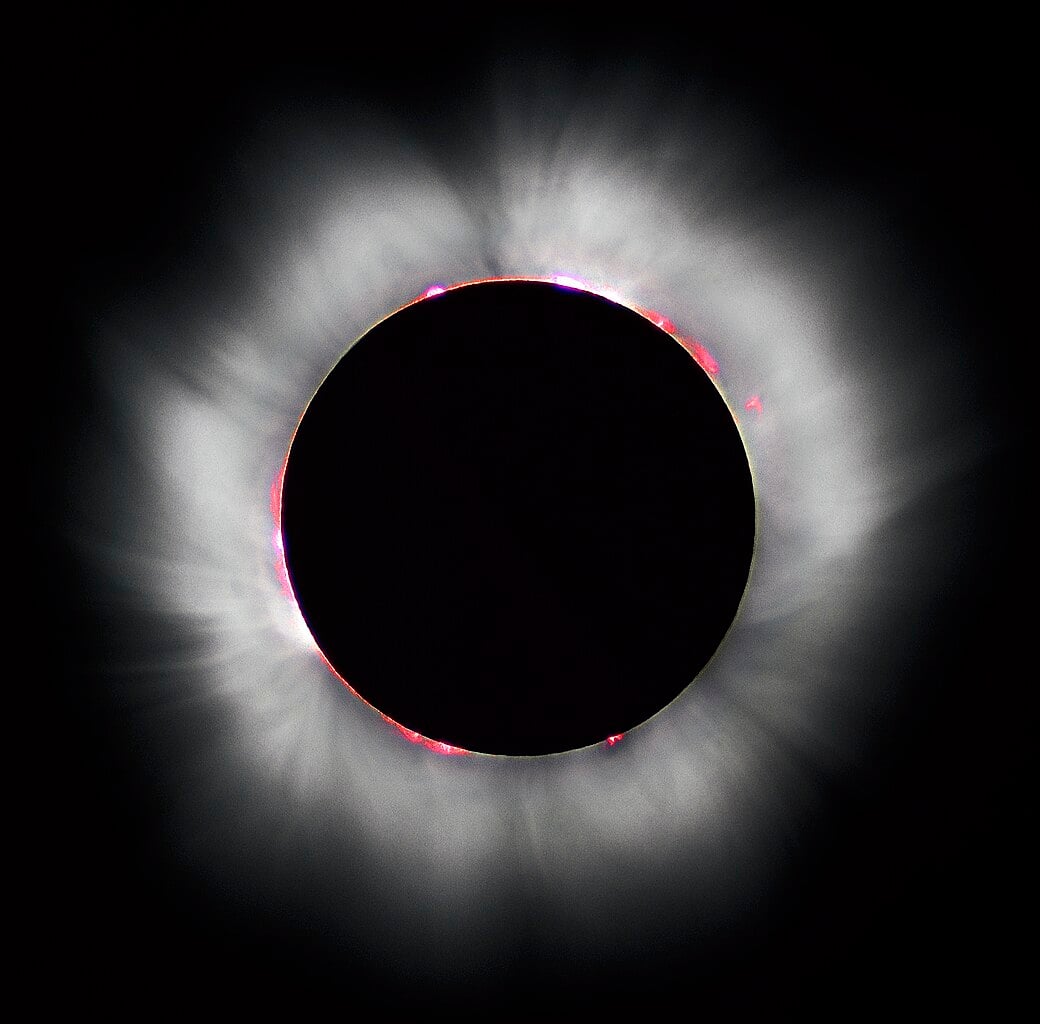
When Ancient Scribes Accidentally Became Scientists
December 05, 2025On a summer day in 709 BCE, scribes at the Lu Duchy Court in ancient China looked up to witness something extraordinary. The Sun vanished completely from the sky, and in its place hung a ghostly halo. They recorded the event carefully, noting that during totality the eclipsed Sun appeared "completely yellow above and below." Nearly three millennia later, that ancient observation has helped modern scientists measure how fast Earth was spinning and understand what our Sun was doing at a time when Homer was composing poetry.
-
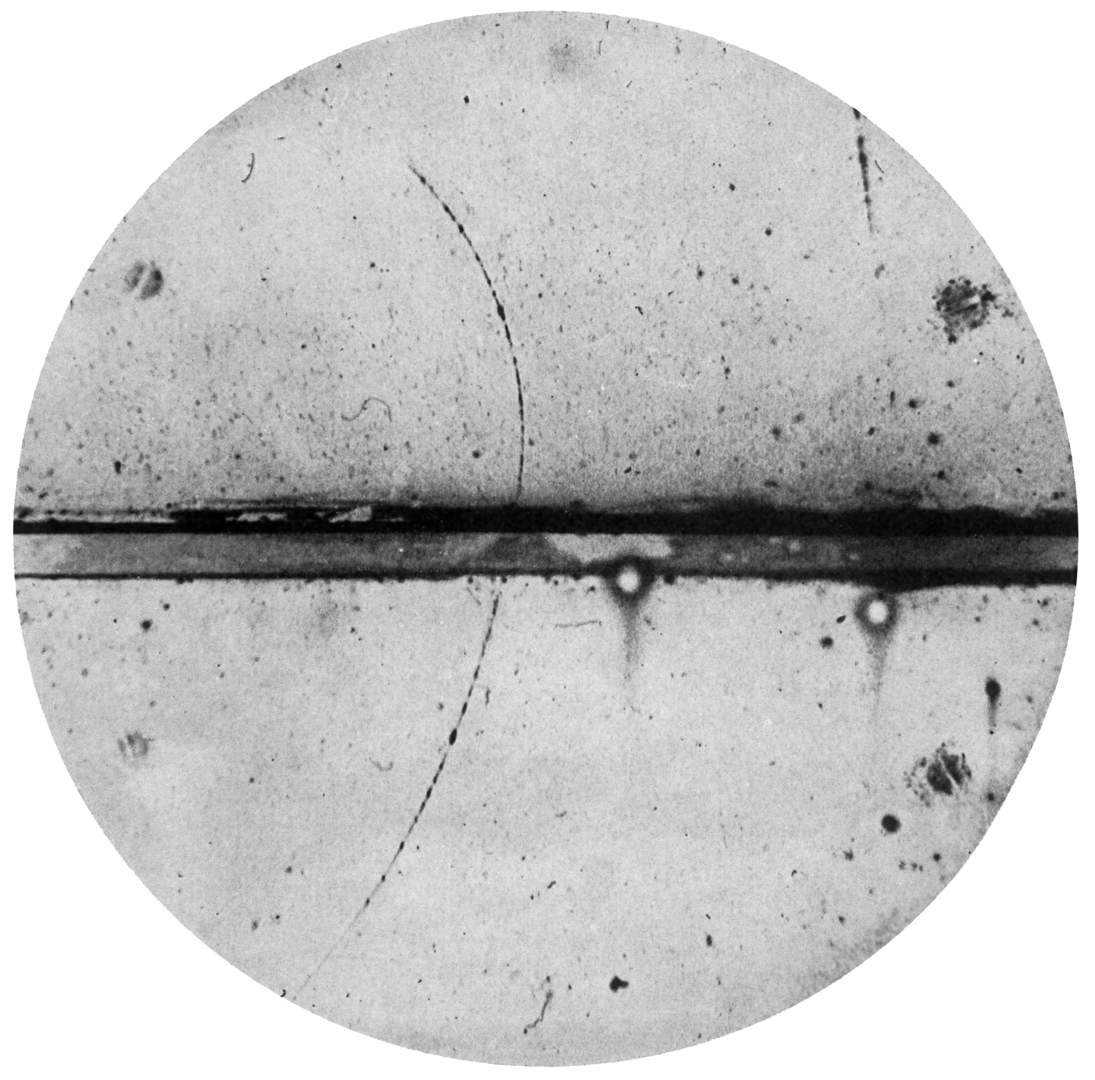
The Case for an Antimatter Manhattan Project
November 30, 2025Chemical rockets have taken us to the Moon and back, but traveling to the stars demands something more powerful. Space X’s Starship can lift extraordinary masses to orbit and send payloads throughout the Solar System using its chemical rockets but it cannot fly to nearby stars at thirty percent of light speed and land. For missions beyond our local region of space, we need something fundamentally more energetic than chemical combustion, and physics offers or in other words, antimatter.
-
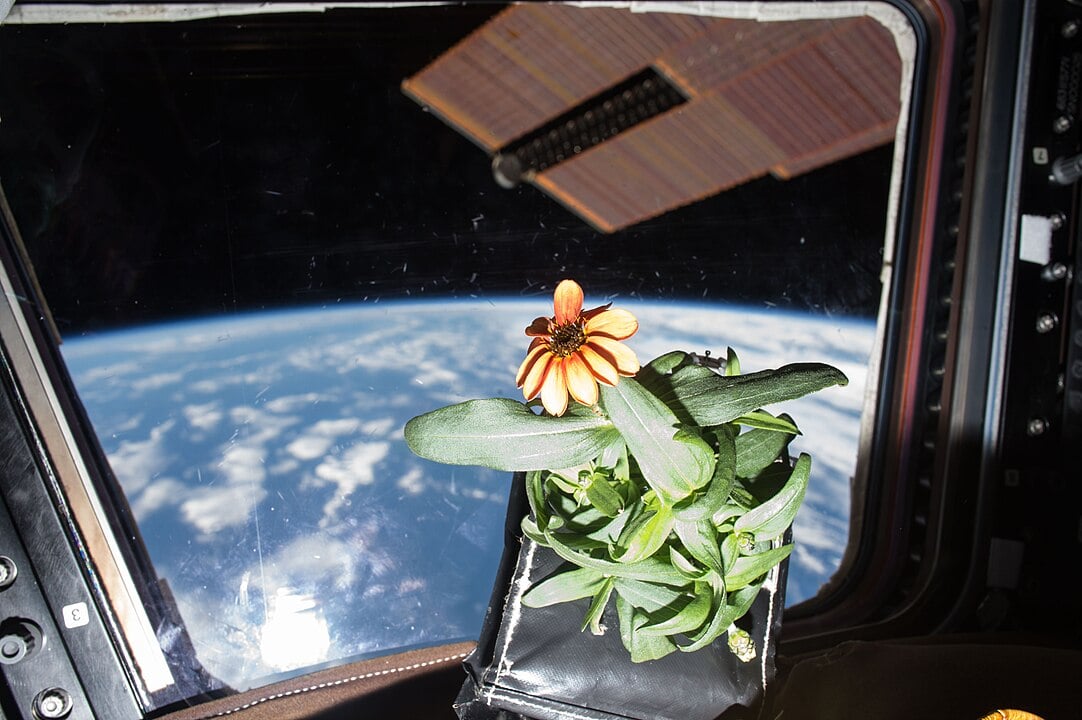
Why NASA Needs Space Gardeners
November 30, 2025Growing fresh lettuce and strawberries might sound mundane until you consider doing it on the Moon or Mars. An international team has created a roadmap for cultivating plants in space, addressing one of NASA's highest priority challenges for long duration missions. These aren't just about providing fresh food for astronauts, plants in space will recycle air and water, produce pharmaceuticals, process waste, and support mental health during years long journeys to distant worlds. With the first lunar greenhouse scheduled to operate during NASA's 2027 Artemis III mission, humanity is on the verge of becoming an agricultural species across multiple worlds.
-
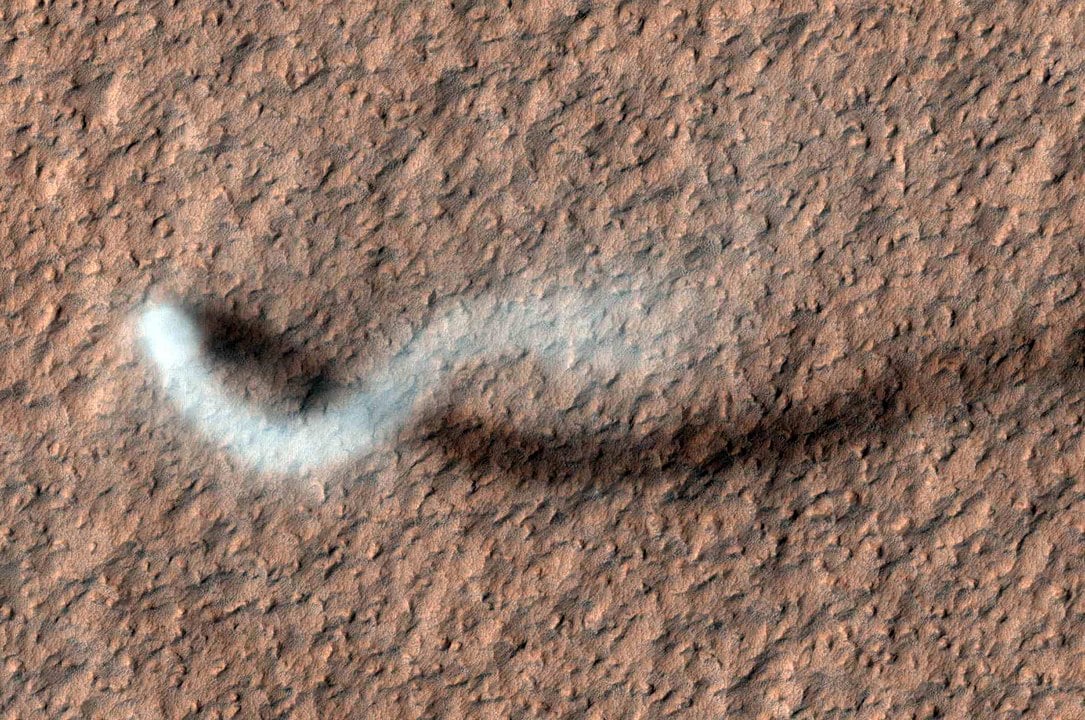
Mars Has Static Electricity!
November 30, 2025A team of scientists have detected electric discharges on Mars for the first time, confirming a phenomenon that was theorised for decades but never directly observed until now. The Perseverance rover's microphone accidentally captured the electromagnetic and acoustic signatures of sparks generated inside Martian dust devils, similar to the static shocks you might experience touching a metal door handle. This discovery changes our understanding of Mars's atmospheric chemistry and could explain longstanding mysteries about the rapid disappearance of methane in the Martian atmosphere, while also raising important safety considerations for future human missions to the red planet.
-
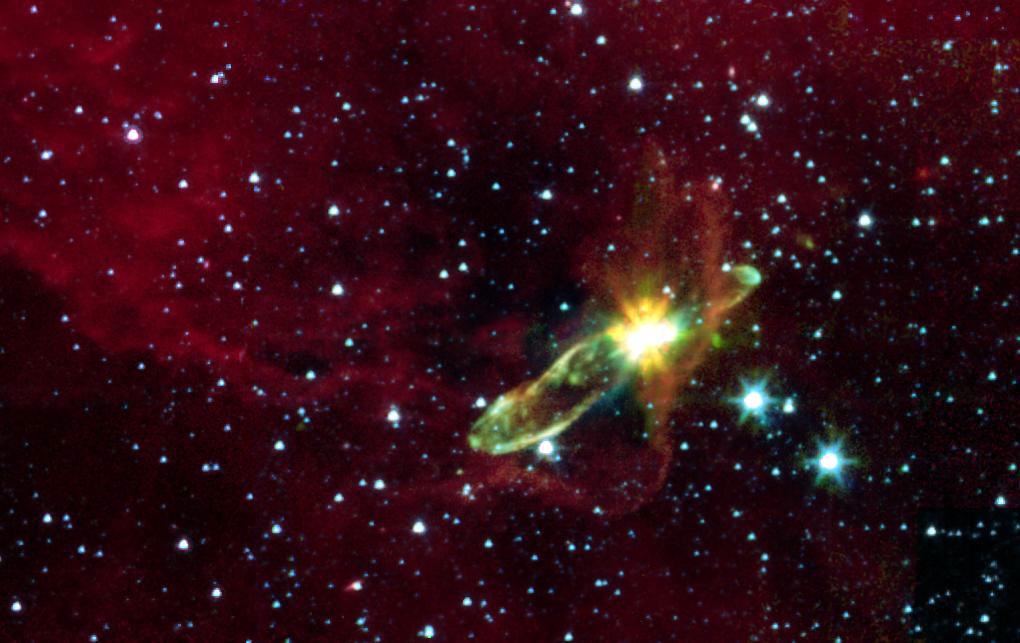
The Ultraviolet Mystery Inside Newborn Stars
November 29, 2025Young stars buried deep in molecular clouds are bathed in ultraviolet radiation, but they shouldn't be. Protostars are too cold and dim to produce UV light themselves, yet James Webb Space Telescope observations of five stellar nurseries in Ophiuchus reveal its unmistakable signature affecting the surrounding gas. Astronomers tested the obvious explanation that nearby massive stars illuminate these birthplaces but subsequently ruled it out. The UV radiation must be coming from inside the star forming regions themselves, forcing a fundamental rethink of how stars are born.
-
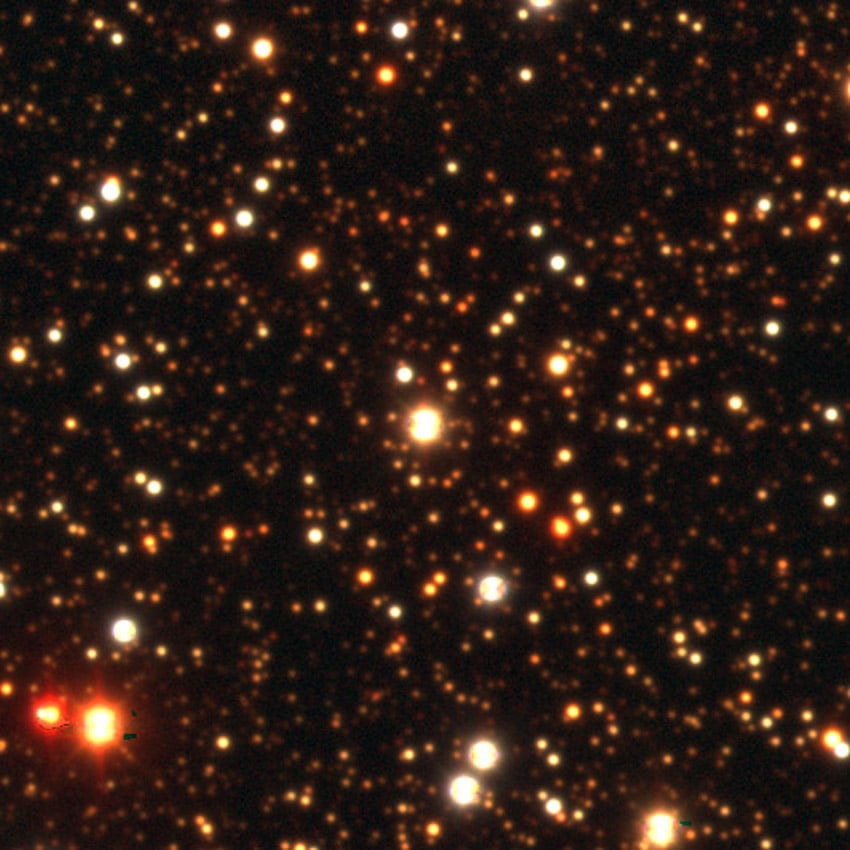
The Star That Shouldn't Exist
November 27, 2025A red giant orbiting a dormant black hole is spinning impossibly fast and contains chemistry that makes it look ancient when it's actually relatively young. By listening to faint vibrations rippling through the star, astronomers have decoded a violent secret, that this star likely collided with and absorbed another star billions of years ago, an explosive merger that left it chemically confused and rotating once every 398 days. The discovery reveals how even quiet black hole systems can have turbulent histories written in starlight.
 Universe Today
Universe Today